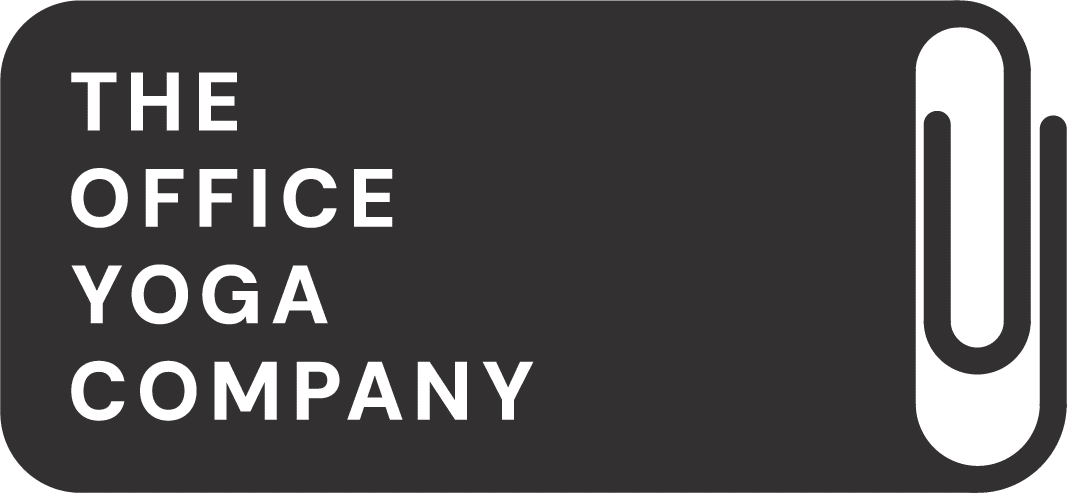By Anouska Shenn
7th September 2023, 3:01 PM UTC
In the wake of the global pandemic, the dynamics of the workplace have undergone a seismic shift. Many people have grown accustomed to hybrid work, enjoying the time and money spared from commuting less, and having more time at home with their families. Hybrid work also benefits businesses by improving employee retention, attracting talent, and saving on salary and real estate costs. However, remote work is not without its challenges. In a survey conducted by the Federal Reserve Bank of New York, firms cited workplace culture, team-building and communication as being negatively impacted by the practice.
It’s perhaps not surprising that throughout 2023, many of our clients have reported feeling challenged by the task of boosting office attendance. In the face of resistance from employees, some businesses have resorted to implementing Return To Office (RTO) mandates. This approach, though debatably effective in the short term, can deal a heavy blow to morale and prompt staff to seek more flexible opportunities elsewhere. Striking a balance is crucial; one that not only encourages employees back into the office but also grants them agency and support in this transition.
At the core of any flourishing organisation lies a happy and motivated workforce. In this article, we’ll explore strategies to achieve this and create a thriving workplace environment that embraces the best of both in-office and remote work.
Flexible working hours
Consider granting employees greater flexibility on the days they come into the office to complete errands and attend important appointments. This approach reflects a shift in mindset from a time-based model of productivity to a more autonomous task-based one. A culture that elevates task-based work fosters an environment that allows a wider range of people thrive at work, from people with chronic illnesses and disabilities, to those with caring responsibilities.
Still skeptical? In the UK, 73 companies are trying out a condensed four-day workweek for six months. After three months, 86% of these companies plan to continue this policy, citing improvements in productivity and employee happiness.
Professional development opportunities
Make a compelling case for employees to be in the office by offering professional development opportunities that can only be accessed in person. These might include workshops, mentorship programmes, or specialised training sessions. Highlight how these initiatives can boost their career growth.
Technology and tools
During the pandemic, your staff may have invested significant time and effort in customising their workplace setup at home according to their personal needs and preferences. With that in mind, it is worth ensuring that desks in the office are equipped with the latest technology and tools that promote comfort, collaboration and productivity.
For a deeper dive into this topic, our desk yoga workshops were designed with these concerns in mind, to empower office workers to make their desk area a more body- and mind-friendly space.
Leading by example
Executives and managers play a crucial role in setting the tone for an organisation. Encourage them to lead by example by spending time in the office and actively participating in office initiatives. Their visible presence can inspire employees to follow suit and makes it clear that the RTO applies to everyone equally.
Wellness programmes
On average, a person spends about 90,000 hours at work over a lifetime. Naturally, people want to spend this time well and seek out jobs that not only bring them joy but also support their overall wellbeing. Make employee wellbeing a priority by offering a comprehensive suite of wellness perks. These could include mental health resources, fitness facilities, and corporate yoga or mindfulness classes. Employees are more likely to want to return to the office if they feel valued and rewarded.
Bring people together
Again, perks are an important strategy for retaining and attracting the best talent. Organise inclusive and engaging events that help your team to connect, socialise, and feel included. Team-building activities, town hall meetings, and themed office days can bring people together and spark their enthusiasm for the office.
Be ready to adapt
A one-size-fits-all approach is rarely the most effective, and this situation is no different. Rather than thinking of staff as a homogenous group, ensure staff are being heard as individuals. What suits one person who lives in a small flatshare in the city centre might not agree with someone else who has a 1.5 hour commute.
Be open to change
Enforcing unpopular rules will have knock-on effects on culture and staff turnover. Again, continuously seek feedback from your employees about their experiences in the office and be flexible where possible. This not only shows that you value their input but also allows you to fine-tune your strategies according to their needs.
To sum up, the return to the office is not just about physically bringing employees back to their desks; it’s about creating an environment that fosters engagement, collaboration, and wellbeing. By implementing flexible work models, and focusing on incentives rather than consequences, HR teams can successfully navigate the return to the office and drive engagement.
Our team of workplace wellbeing experts are on hand to discuss your wellbeing challenges and goals. Get in touch and one of our specialists will reach out to you shortly.
Sign up to get this column in your inbox.
Have ideas for a future article or thoughts on this one?
Email us at the link in our footer.
Anouska Shenn writes about workplace wellbeing from London, where she develops and delivers virtual and in-person programmes that have reached over 15,000 office workers across 71 countries. Her insights have been featured in over 20 major publications including Newsweek, Condé Nast Traveler, and GQ.

